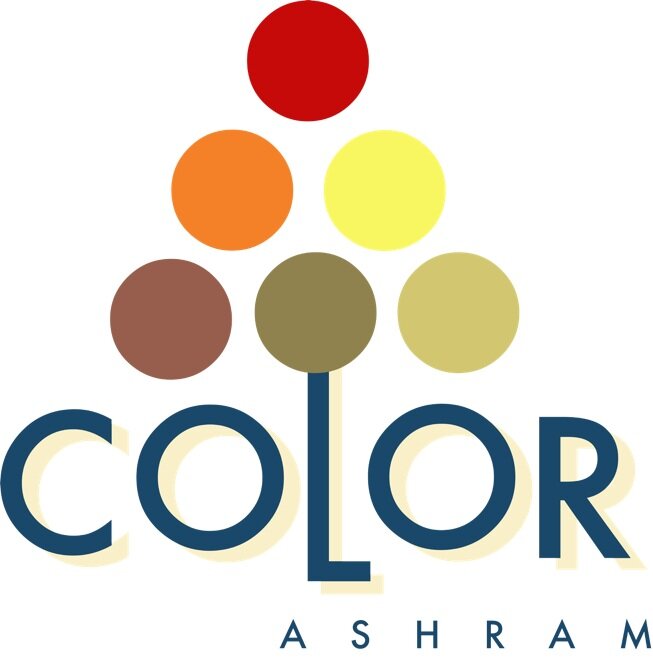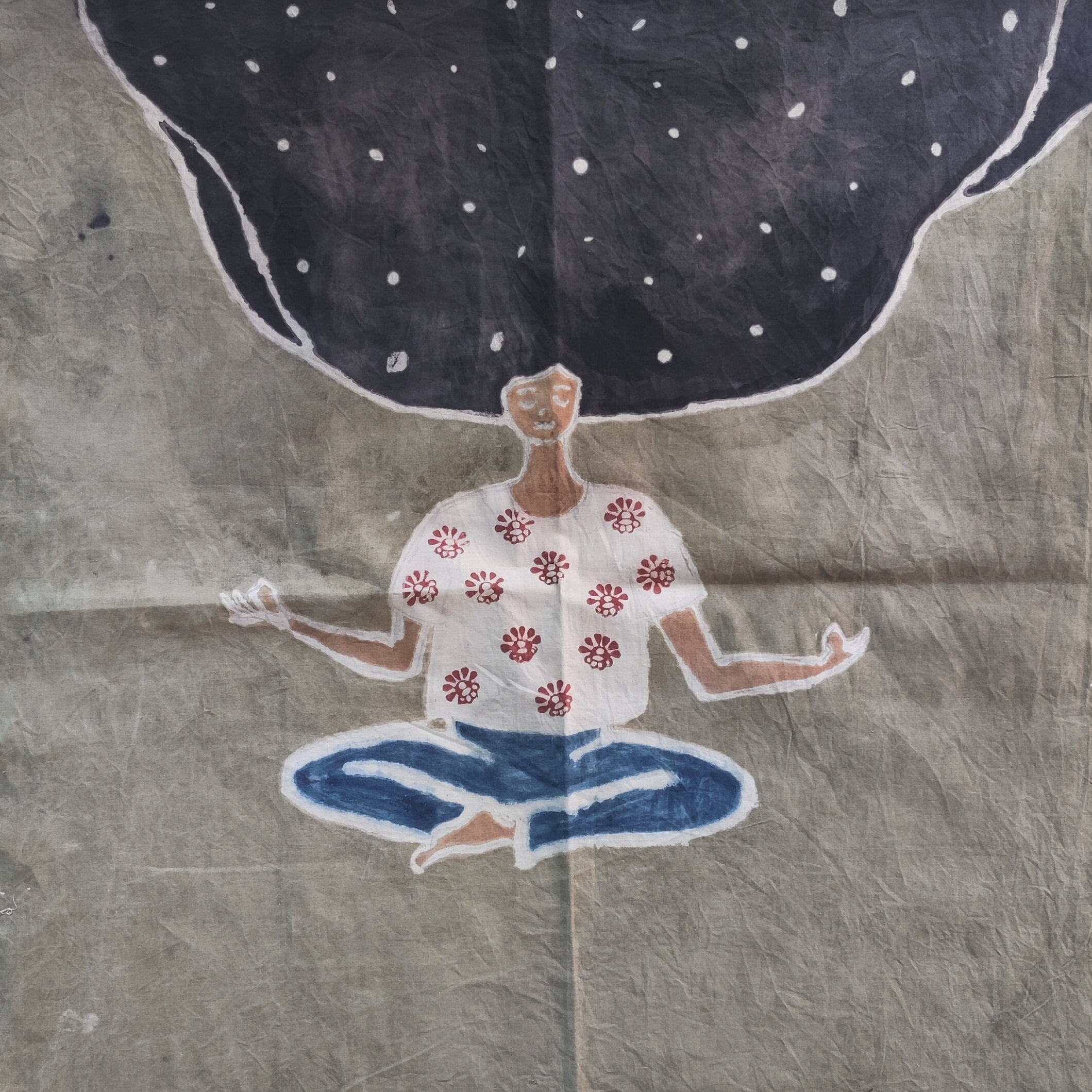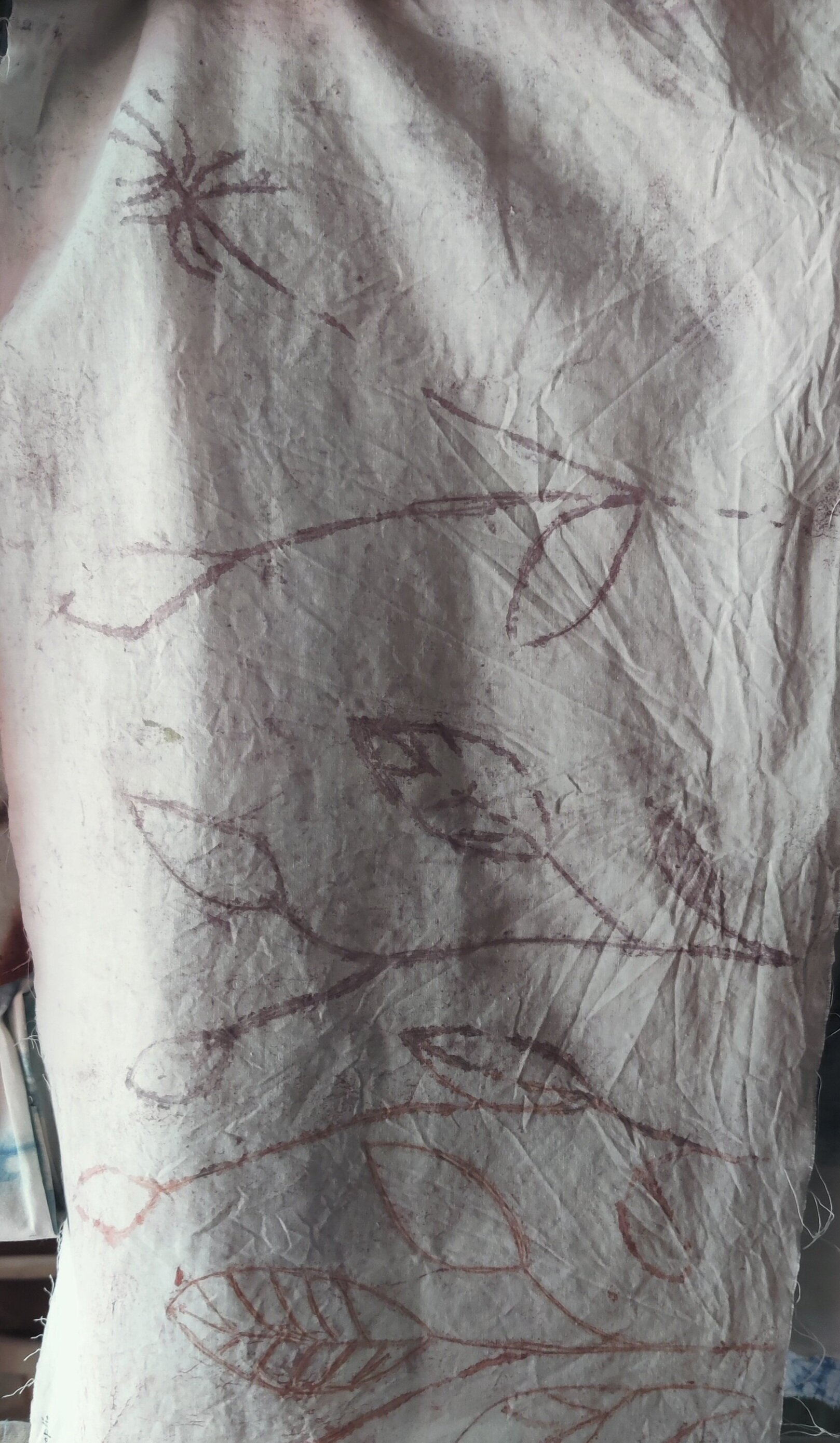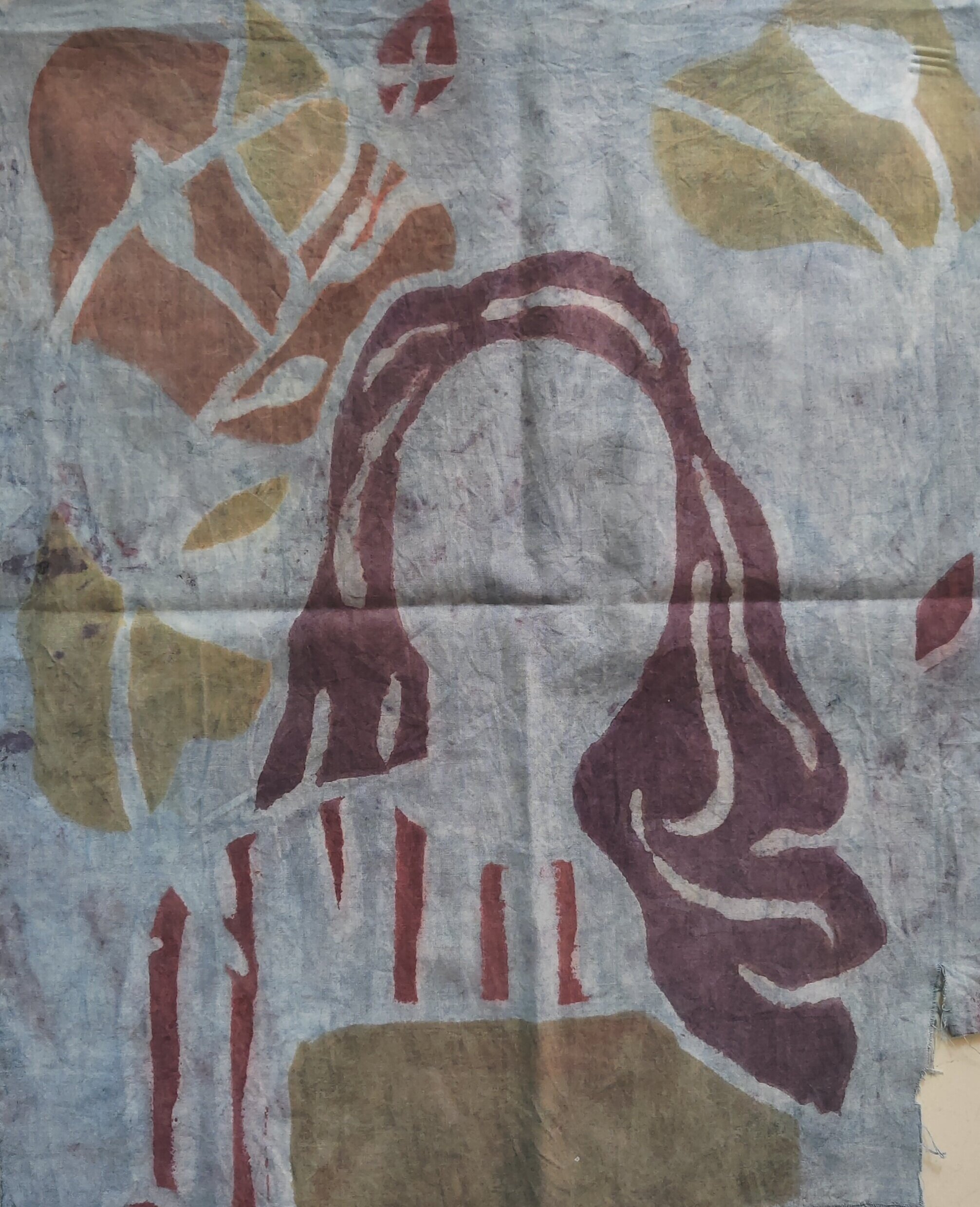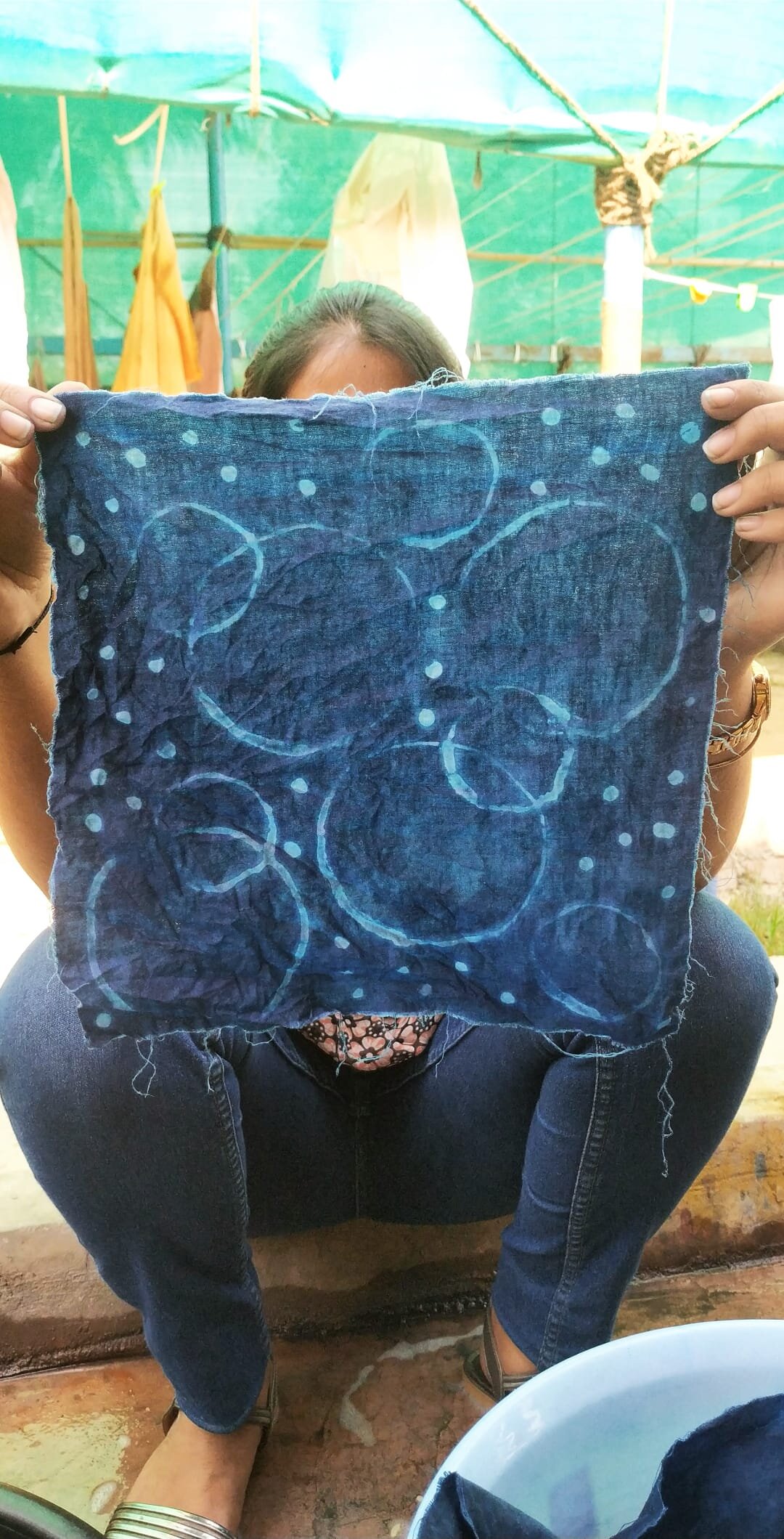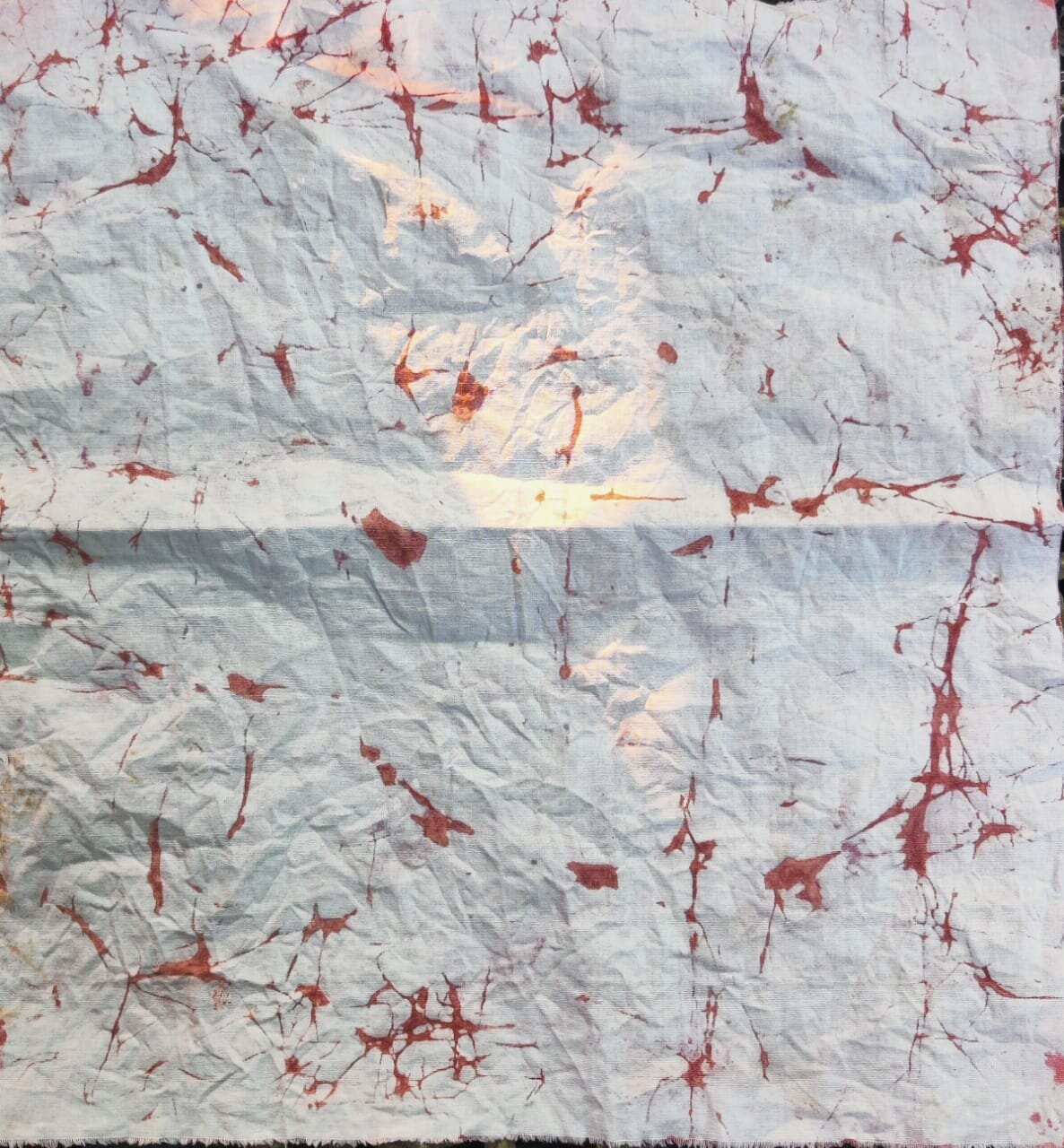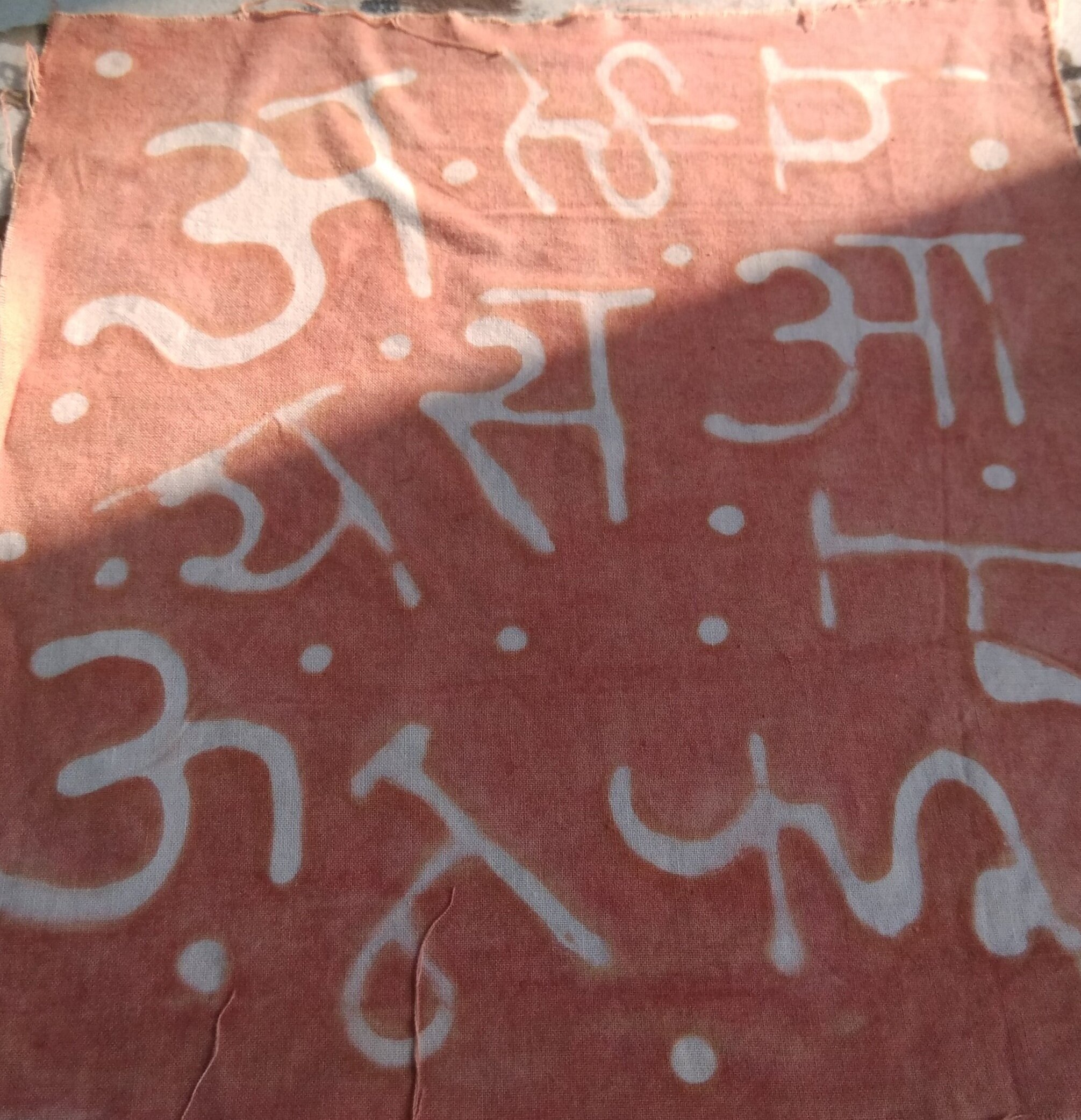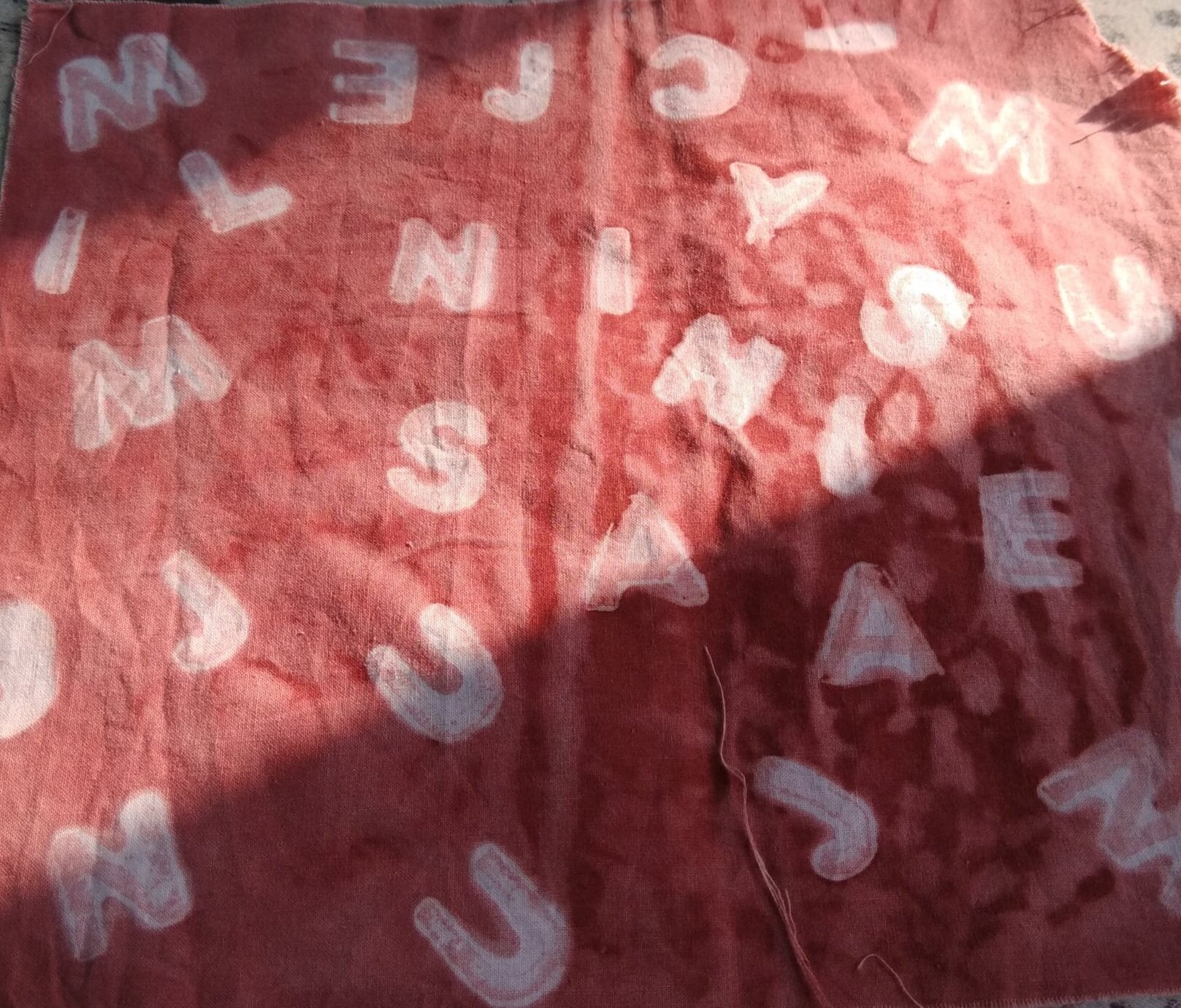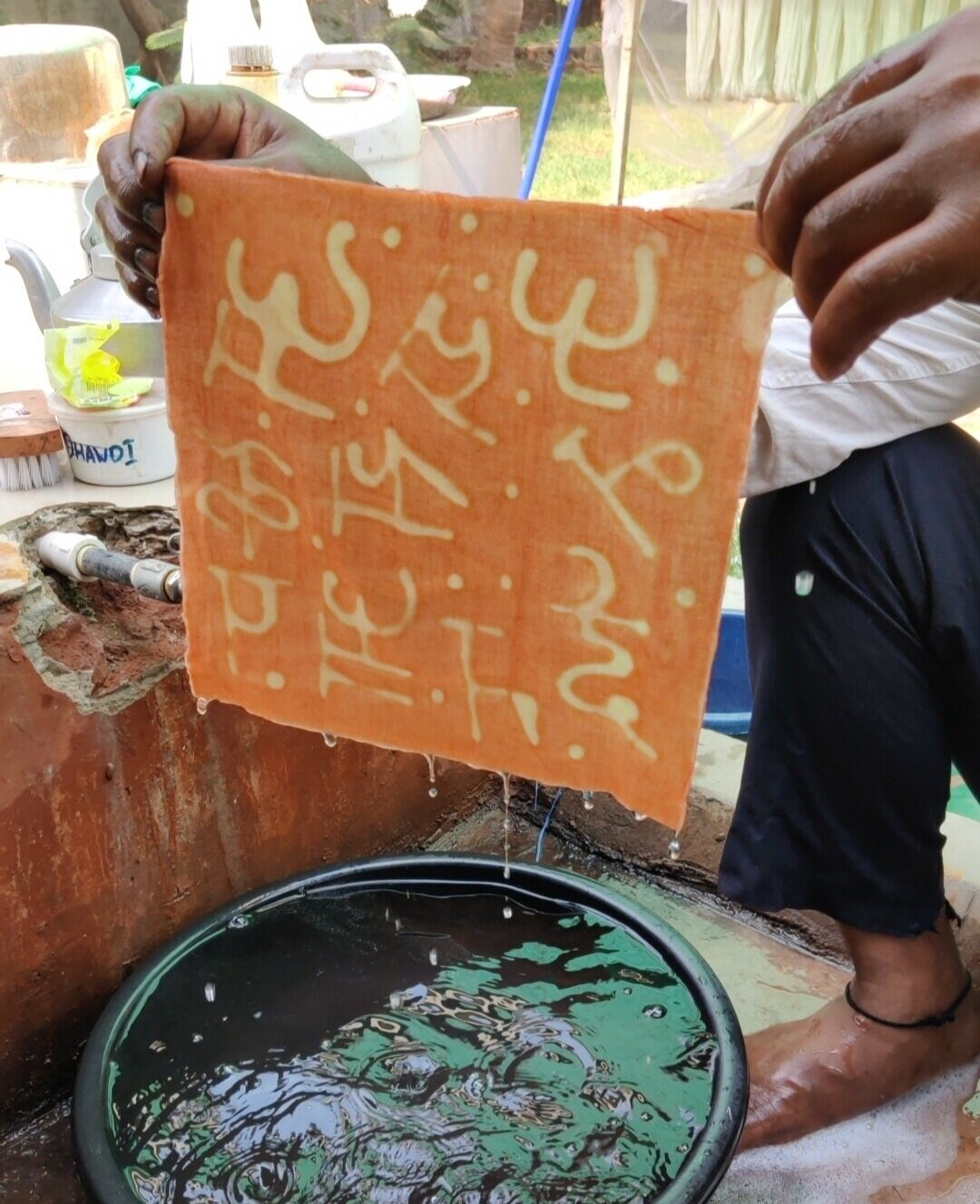Eco Resist
Introduction to Resist Dyeing
Resist dyeing is a traditional method of dyeing textiles with patterns. Methods are used to "resist" or prevent the dye from reaching all the cloth, thereby creating a pattern and ground. In resist method of dyeing the patterned areas are covered with a layer of resist paste so they will not receive the color. The traditional batik inspired craft is shaped with a sustainable method. Biome and Colorashram is using a starch based resist paste keeping sustainability in prior.
Eco Resist Paste
Eco Resist Paste made from edible flour and some other materials which is entirely safe and biodegradable in nature. Even after the dyeing process is done, the eco resist paste solution if released to environment, it won't affect the soil particles and nature. It actually makes soil alive and acts a mineral. This Eco resist paste has been prepared by Research & Development team of Biome and ColorAshram team.
The reasons for choosing Eco Resist paste over wax/batik dyeing is that the level of pollution it is causing to the environment is huge.
Secondly once the dyeing process is done it is not disposed properly.
Blocks the drains and affects the impervious layer of soil. Micro organism present in the soil is destroyed while using batik wax( combination of parvin wax & petroleum wax).
Paraffin wax has a lot of its own toxins which when inhaled can have adverse reactions including nausea, vomiting, headaches or even benzene pollution that can lead to lung cancer. But there are no major side effects to the standard topical application.
